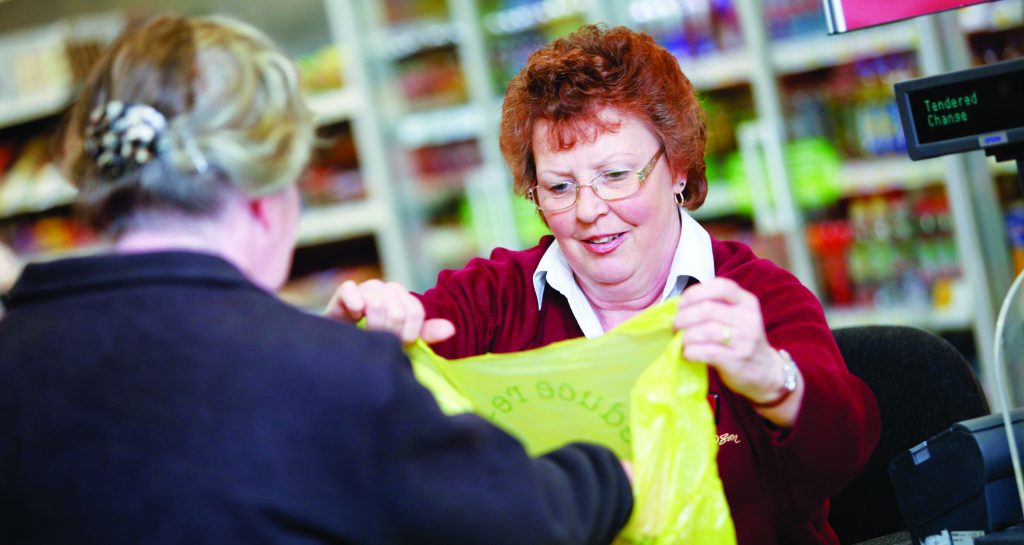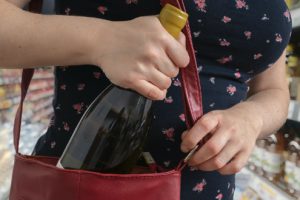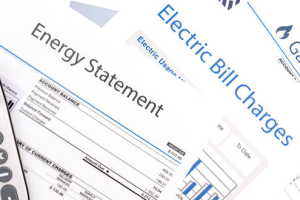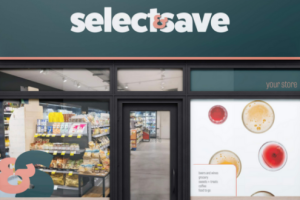A report, launched by leading data and digital experts TWC, shows that while 23% of consumers say they are top-up shopping more during the current lockdown, 30% are shopping less, meaning there is a net reduction in top-up missions.
TWC chief executive, Tanya Pepin, said: “We asked consumers that if they needed to top-up shop today, where would you go? And 37% said they would go to the supermarket with a further 31% saying they would turn to multiple convenience and 16% to a symbol store. Only 7% said they would head to their local independent convenience store, and there is a concern that as we pull out of lockdown later this year, that there may be a slow-down in the growth of these much-loved local community stores, which have played a vital role during the pandemic in serving their local customers.
“Let’s also dispel the myth that behavioural change has been driven simply by the increase in homeworking. This is not the case. According to the ONS only 34% of the UK workforce is currently home-working with 5% of workers falling out of work since March 2020, and 16% of the workforce was on furlough in late November. That still leaves half the workforce going to work at their business premises.”
Pepin said the research indicates that consumers’ eating habits have changed, but that they also expect these to change again, post lockdown. Currently, 48% of consumers are now making lunch at home, 43% of households are cooking meals from scratch, and 39% are snacking through the day more.
The data also shows that 26% of consumers are doing more grocery shopping online and 6% of consumers have used meal kits in the past few months. However, a lesser-known fact is that 13% have used Amazon Prime.
Pepin added: “Post Covid, it is clear that once the working day ‘normalises’, consumers want convenience eating and snacking again, which bodes well for the local c-stores.”
In addition, the research shows 61% of consumers say they will reduce or stop making lunch at home, 44% will cut back on buying bigger bags of crisps/snacks, and 23% of consumers plan to start buying more takeaways.
 Talking Retail Grocery and product news for independent retailers
Talking Retail Grocery and product news for independent retailers






